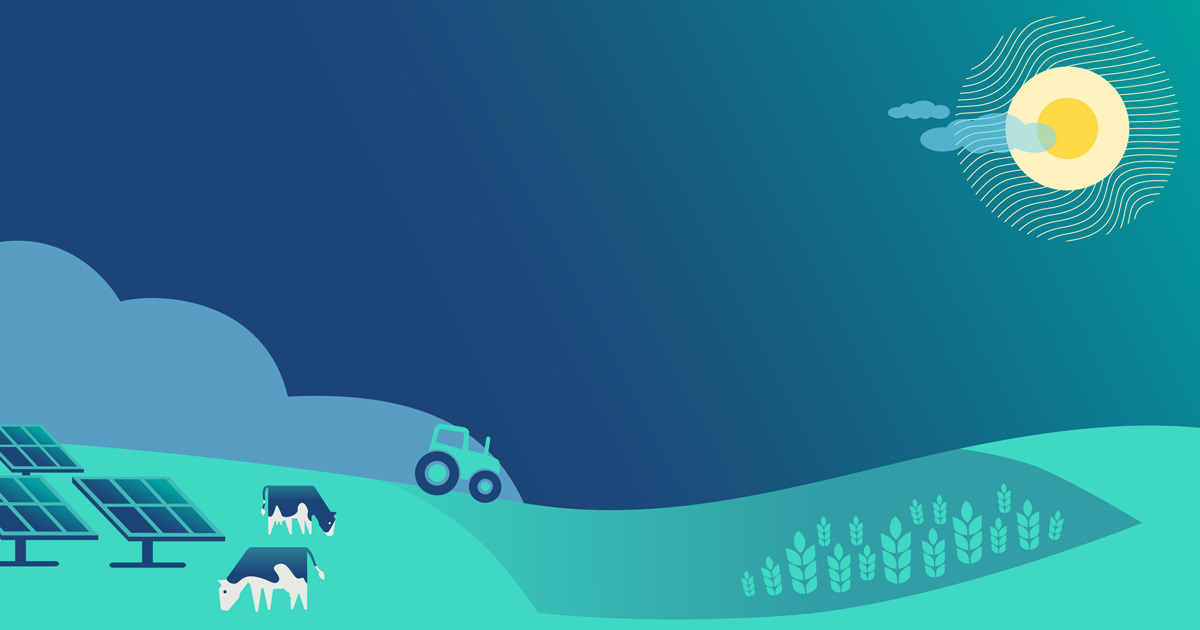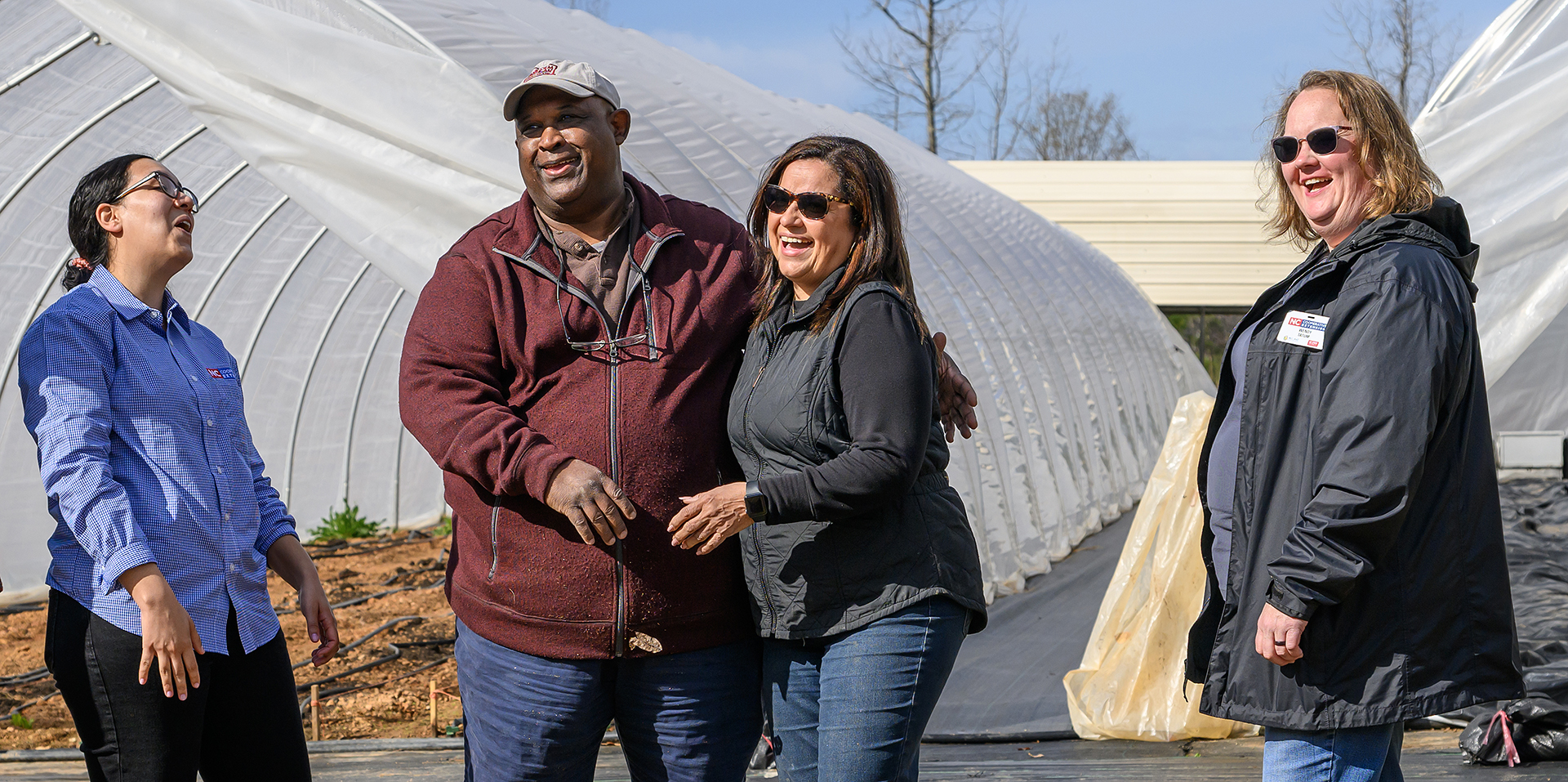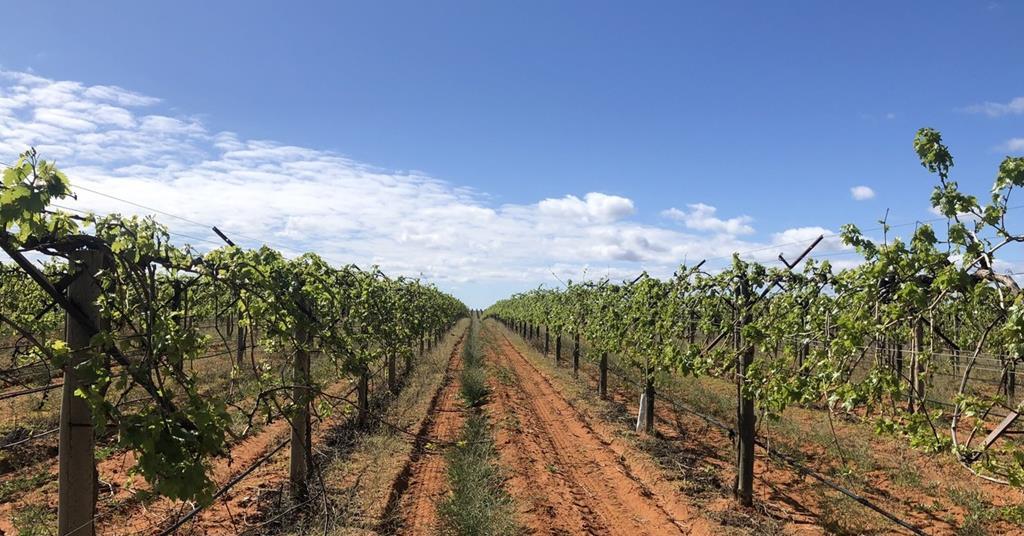Proper Processing Is Key To Pathogen Control In Recycled Manure Solids Bedding on Dairy Farms – Eurasia Review

Report on Sustainable Dairy Farming Practices: The Role of Recycled Manure Solids
Introduction: Aligning Dairy Production with Sustainable Development Goals
- Dairy farms are increasingly adopting recycled manure solids (RMS) as a bedding material, a practice that supports several Sustainable Development Goals (SDGs).
- This approach aligns with SDG 12 (Responsible Consumption and Production) by promoting a circular economy, converting agricultural waste into a valuable resource.
- The use of RMS offers economic benefits, contributing to SDG 8 (Decent Work and Economic Growth) by providing a cost-effective bedding solution for farmers.
- However, concerns exist regarding the potential for RMS to harbor pathogens, which could compromise udder health, milk safety, and progress towards SDG 2 (Zero Hunger) and SDG 3 (Good Health and Well-being).
Study Overview and Methodology
- A cross-sectional study published in JDS Communications investigated pathogen levels in RMS across 27 dairy farms in Minnesota and Wisconsin.
- The research aimed to determine how different processing methods impact microbial safety, providing critical data for sustainable farm management.
- The study analyzed samples for mastitis pathogens and other significant pathogens such as Salmonella spp., Mycobacterium avium ssp. paratuberculosis, and Campylobacter jejuni, which have implications for both animal and human health (SDG 3).
- Processing methods evaluated included:
- Raw or “green” solids with no treatment.
- Anaerobic digestion only.
- Secondary processing only (e.g., composting or drying).
- A combined system using both anaerobic digestion and a secondary processing step.
Key Findings and Implications for Sustainable Production
- Single-step processing methods, such as anaerobic digestion or secondary processing alone, were found to reduce but not eliminate pathogen levels compared to raw solids.
- The most significant reduction in pathogens was achieved through a combined, two-step approach: anaerobic digestion followed by a secondary treatment like composting or drying.
- This combined method effectively lowered counts of mastitis-causing bacteria, directly supporting animal health and productivity goals under SDG 2 and SDG 3.
- Crucially, ready-to-use bedding samples from the combined processing systems showed no detectable levels of Salmonella spp. or Mycobacterium avium ssp. paratuberculosis, enhancing farm biosecurity and food safety.
Contribution to Global Sustainability Targets
- SDG 12 (Responsible Consumption and Production): The study validates a method for safely recycling agricultural waste, turning a liability into an asset and embodying circular economy principles.
- SDG 2 (Zero Hunger): By identifying a process that improves udder health and reduces mastitis risk, the findings contribute to more stable, efficient, and safe milk production, enhancing food security.
- SDG 3 (Good Health and Well-being): The effective reduction and elimination of key pathogens in bedding material lowers the risk of disease transmission between animals and potentially to humans, safeguarding both animal welfare and public health.
- SDG 6 (Clean Water and Sanitation): Advanced manure management systems like those studied are integral to preventing nutrient runoff and protecting water sources from contamination.
Conclusion and Future Directions
- The research indicates that combining anaerobic digestion with a secondary processing step is the most effective strategy for minimizing pathogen risks associated with RMS bedding.
- Adoption of this two-step method allows dairy producers to leverage the economic and environmental benefits of RMS while safeguarding animal health, thereby advancing multiple SDGs.
- The report notes that further research is required to assess the consistency of these findings across different seasons and farm sizes and to evaluate the economic feasibility for producers.
Analysis of Sustainable Development Goals in the Article
1. Which SDGs are addressed or connected to the issues highlighted in the article?
- SDG 2: Zero Hunger: The article discusses dairy farming, a key component of global food production. It focuses on improving cow comfort and udder health, which are essential for maintaining healthy, productive livestock and ensuring a stable supply of dairy products. This aligns with the goal of promoting sustainable agriculture.
- SDG 3: Good Health and Well-being: The study investigates the presence of harmful pathogens in recycled manure solids, including Salmonella spp. and Campylobacter jejuni, which can affect both animal and human health. By identifying methods to reduce these pathogens, the research contributes to preventing diseases and ensuring safer food production environments.
- SDG 6: Clean Water and Sanitation: The core topic involves the management and treatment of manure slurry, a significant waste product in agriculture. The process of separating solids and liquids and treating them for reuse is a form of wastewater and sanitation management that prevents potential environmental contamination.
- SDG 12: Responsible Consumption and Production: The article directly addresses this goal by highlighting the use of recycled manure solids (RMS) as part of “circular waste management systems.” This practice turns a waste product (manure) into a valuable resource (bedding), promoting recycling, reuse, and the reduction of waste generation on farms.
2. What specific targets under those SDGs can be identified based on the article’s content?
- Target 2.4 (under SDG 2): “By 2030, ensure sustainable food production systems and implement resilient agricultural practices…” The research aims to improve the safety and effectiveness of using RMS, which is an agricultural practice. A successful system that improves udder health makes dairy production more sustainable and resilient.
- Target 3.9 (under SDG 3): “By 2030, substantially reduce the number of deaths and illnesses from hazardous chemicals and air, water and soil pollution and contamination.” The study’s focus on reducing mastitis-causing bacteria and other pathogens like Salmonella in the farm environment directly contributes to minimizing contamination and potential sources of illness.
- Target 6.3 (under SDG 6): “…improve water quality by reducing pollution… halving the proportion of untreated wastewater and substantially increasing recycling and safe reuse globally.” The conversion of raw manure slurry into treated, reusable bedding is a direct application of this target, as it involves treating agricultural waste and promoting its safe reuse.
- Target 12.5 (under SDG 12): “By 2030, substantially reduce waste generation through prevention, reduction, recycling and reuse.” The article’s entire premise is based on recycling a waste product (manure) into a new product (bedding), which exemplifies this target. The article notes that RMS is an “economical, widely available” option that supports “circular waste management systems.”
3. Are there any indicators mentioned or implied in the article that can be used to measure progress towards the identified targets?
- Bacterial levels in bedding: The article explicitly mentions that the study analyzed bedding materials for “mastitis pathogens as well as Salmonella spp., Mycobacterium avium ssp. paratuberculosis, and Campylobacter jejuni.” The measured counts of these bacteria serve as a direct indicator of the effectiveness of waste treatment and the safety of the recycled material, relevant to targets under SDG 3, 6, and 12.
- Detection of specific pathogens: A key finding was that the combined processing method resulted in researchers not detecting “any Salmonella spp. or Mycobacterium avium ssp. paratuberculosis in the ready-to-use bedding samples.” The presence or absence of these specific, high-risk pathogens is a critical indicator of progress towards reducing contamination.
- Animal health outcomes (implied): The article links the quality of bedding to “cow comfort and udder health.” An implied indicator for measuring the success of these agricultural practices (Target 2.4) would be the incidence rate of mastitis on farms using different RMS processing methods. Lower pathogen levels in bedding are expected to lead to better udder health.
- Adoption rate of recycling systems (implied): The article states that RMS is “increasingly popular.” The rate at which dairy farms adopt these circular waste management systems would be an indicator of progress towards Target 12.5, showing a reduction in waste generation through increased recycling.
4. Table of SDGs, Targets, and Indicators
| SDGs | Targets | Indicators |
|---|---|---|
| SDG 2: Zero Hunger | 2.4: Ensure sustainable food production systems and implement resilient agricultural practices. | Incidence of mastitis and other diseases in dairy cows (implied). |
| SDG 3: Good Health and Well-being | 3.9: Substantially reduce illnesses from soil and water contamination. | Presence/absence of specific pathogens (Salmonella spp., Mycobacterium avium ssp. paratuberculosis) in bedding. |
| SDG 6: Clean Water and Sanitation | 6.3: Improve water quality by increasing recycling and safe reuse. | Measured bacterial levels of mastitis and non-mastitis pathogens in processed manure solids. |
| SDG 12: Responsible Consumption and Production | 12.5: Substantially reduce waste generation through recycling and reuse. | Adoption rate of recycled manure solids systems on dairy farms (implied by the phrase “increasingly popular”). |
Source: eurasiareview.com
What is Your Reaction?
 Like
0
Like
0
 Dislike
0
Dislike
0
 Love
0
Love
0
 Funny
0
Funny
0
 Angry
0
Angry
0
 Sad
0
Sad
0
 Wow
0
Wow
0
















































:focal(1500,1000)/https://media.globalcitizen.org/a6/9a/a69a4720-d8a1-4715-b596-18738d03c05c/rotary_polio_hero_image.jpg?#)







/countries/sri-lanka/photo-credit---dmc-sri-lanka.tmb-1200v.jpg?sfvrsn=dc298bcc_1#)


















